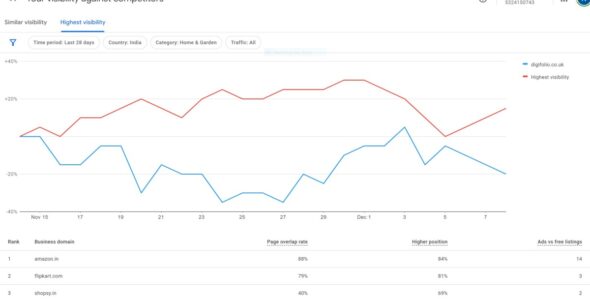How Data-Driven Real Estate Investing Can Help You Find High-Yield Properties
Real estate investing can be a profitable venture, but it’s important to do your research and make informed decisions. Data-driven real estate investing is a method of using data to identify high-yield properties. This can help you make better investment decisions and increase your chances of success.
How does data-driven real estate investing work?
Data-driven real estate investing involves collecting and analyzing data about potential investment properties. This data can include things like property prices, rental rates, occupancy rates, and economic trends. By analyzing this data, you can identify properties that are likely to be profitable investments.
There are a number of data sources that you can use for data-driven real estate investing. These include:
- Publicly available data: This includes data from government agencies, such as the Census Bureau and the Bureau of Labor Statistics.
- Real estate data providers: There are a number of companies that provide real estate data, such as Zillow and Realtor.com.
- Your own data: You can also collect your own data, such as by conducting surveys or market research.
How to use data to identify high-yield properties
Once you have collected data, you need to analyze it to identify high-yield properties. There are a number of factors that you can consider when analyzing the data, such as:
- Property location: The location of a property is one of the most important factors affecting its value. Properties in high-demand areas are more likely to be profitable investments.
- Property type: The type of property can also affect its value. For example, multifamily properties tend to be more profitable than single-family homes.
- Property condition: The condition of a property can also affect its value. Properties in good condition are more likely to be profitable investments.
- Rental rates: The rental rates for a property can also affect its value. Properties with high rental rates are more likely to be profitable investments.
- Occupancy rates: The occupancy rates for a property can also affect its value. Properties with high occupancy rates are more likely to be profitable investments.
- Economic trends: Economic trends can also affect the value of real estate. Properties in areas with strong economic growth are more likely to be profitable investments.
Conclusion
Data-driven real estate investing is a powerful tool that can help you make better investment decisions. By collecting and analyzing data, you can identify high-yield properties and increase your chances of success in real estate investing.
Here are some additional tips for using data-driven real estate investing:
- Use a variety of data sources to get a comprehensive view of the market.
- Use analytical tools to help you identify patterns and trends in the data.
- Update your analysis regularly to keep up with changes in the market.
- Get professional advice from a real estate investment advisor.
By following these tips, you can use data-driven real estate investing to make informed decisions and achieve your investment goals.





